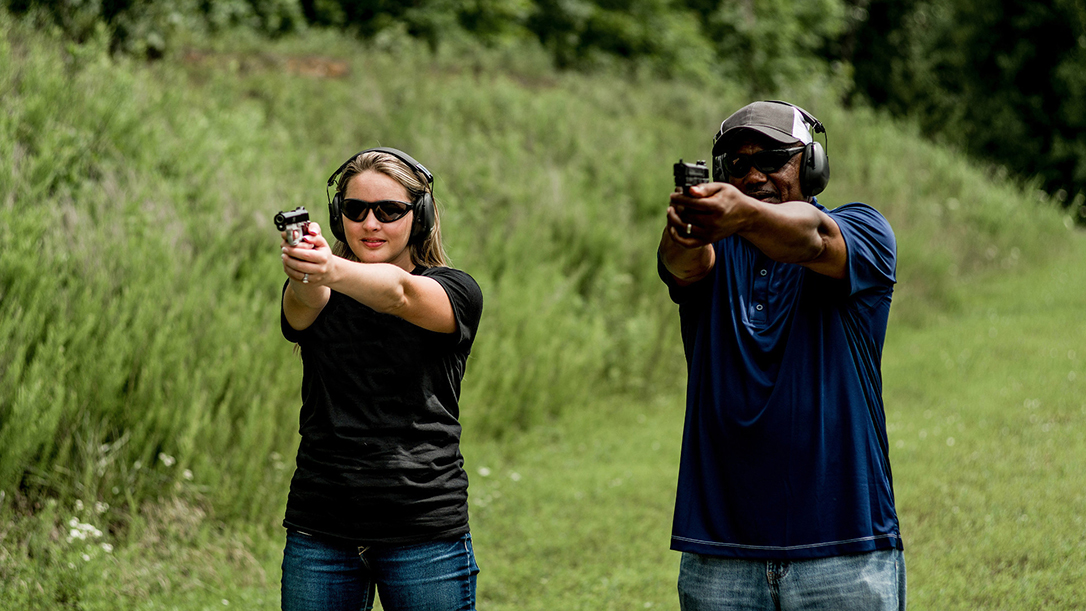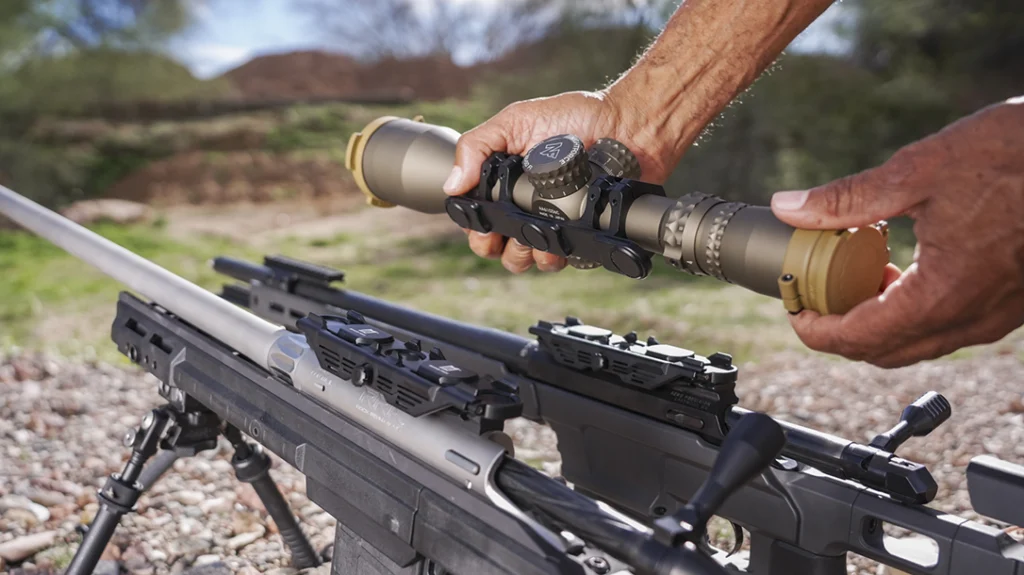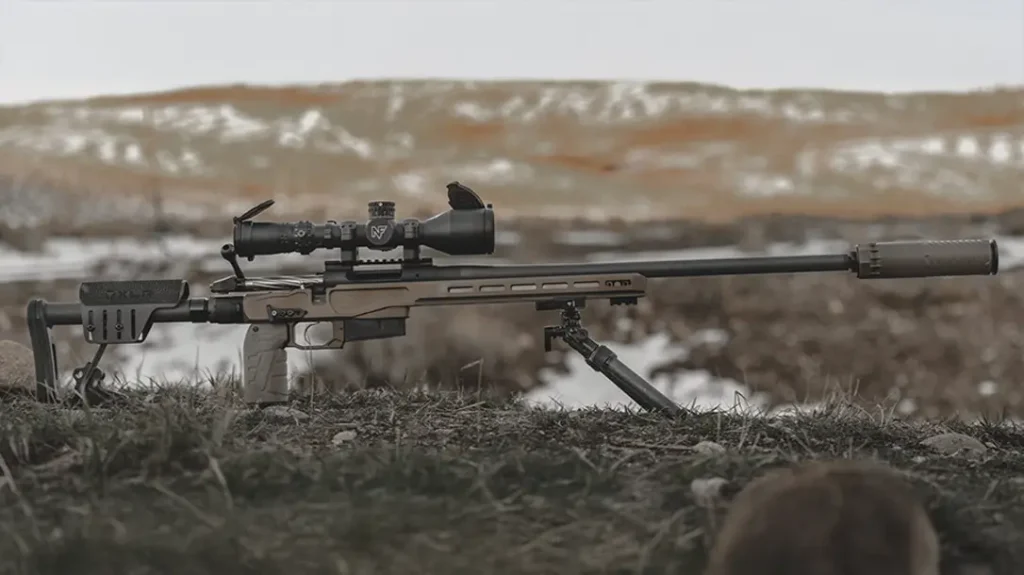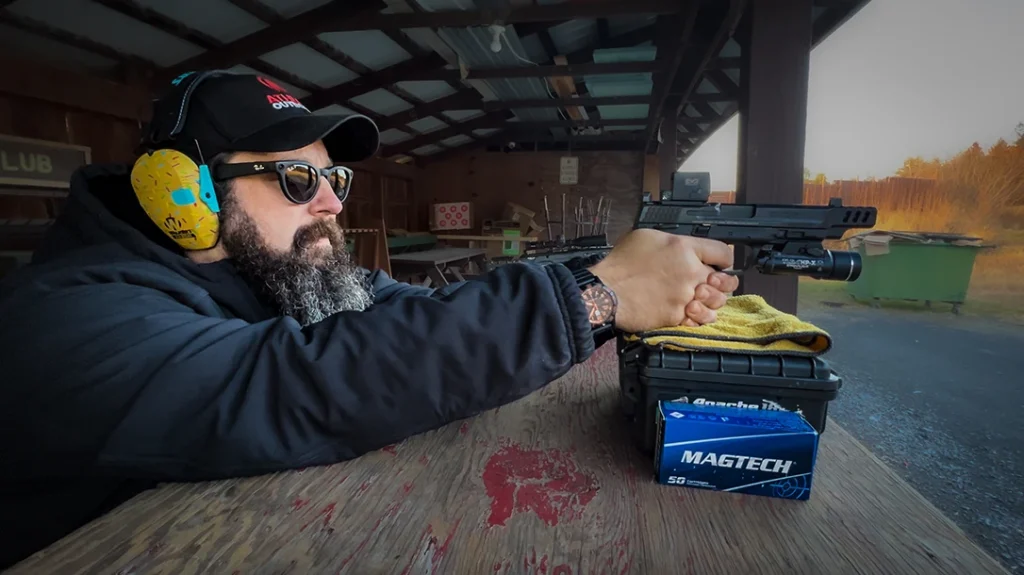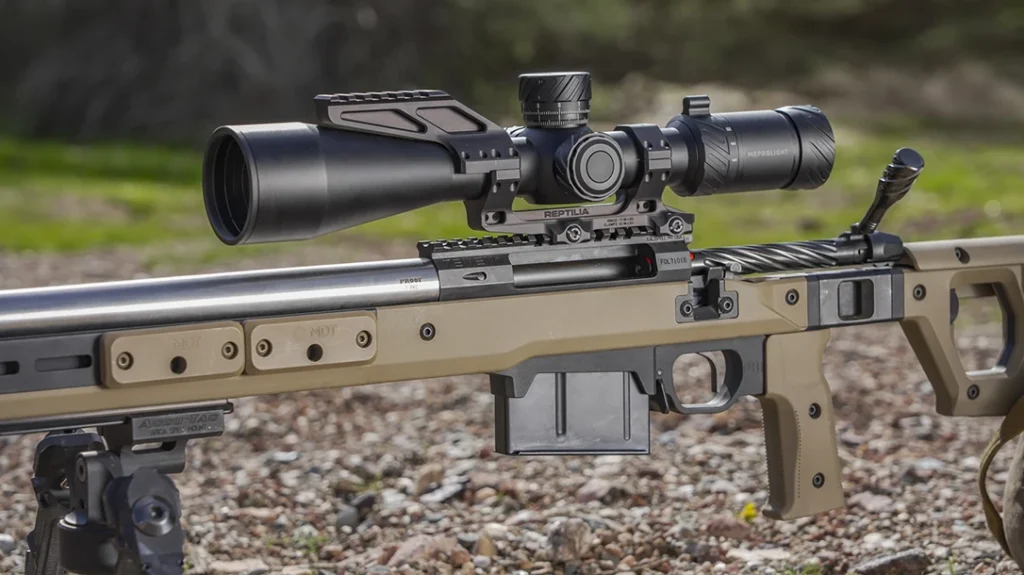It is important to acknowledge that the moment you step foot on a gun range there are certain obligations that every shooter is expected to follow. These rules not only help maintain a peaceful and enjoyable environment, but they also serve as an outline on how to shoot in a manner that is safe and responsible. With that being said, let us take a look at seven of the most common and popular range rules that every shooter should familiarize themselves with.
Common Range Rules You Need to Know
#1 Always Keep Your Muzzle Pointed Downrange
For those unaware, the muzzle is the front end of the barrel in which a bullet exits a firearm. This area on a firearm is incredibly important to pay attention to where you are aiming. Pointed in the wrong direction, it can have dangerous consequences. No matter how safe you feel you are being, accidents and malfunctions do happen. To limit injuries or death to yourself or others, gun ranges enforce an important rule that all shooters must keep their firearm pointed downrange at all times. In an event where your firearm does accidentally misfire, downrange is the safest area a bullet can travel without the risk of it striking an individual.
#2: Always Follow the Three-Second Pause Rule
One of the fastest ways to get on a range officer’s bad side or even risk getting kicked out of a gun range is to partake in rapid firing. Rapid firing occurs when a shooter fires one shot after the next in a quick, rapid succession. For many new or inexperienced shooters, this type of shooting can be dangerous because it can cause you to lose control over your firearm pretty quickly, which can be a threat to others as well as your surroundings. To avoid this, many ranges require shooters to take a three-second pause between shots. However, that does not mean all ranges are against this type of shooting. Given you ask beforehand and can get lucky, many range officers will happily make an exception.
Advertisement — Continue Reading Below
#3: No Drawing from the Holster
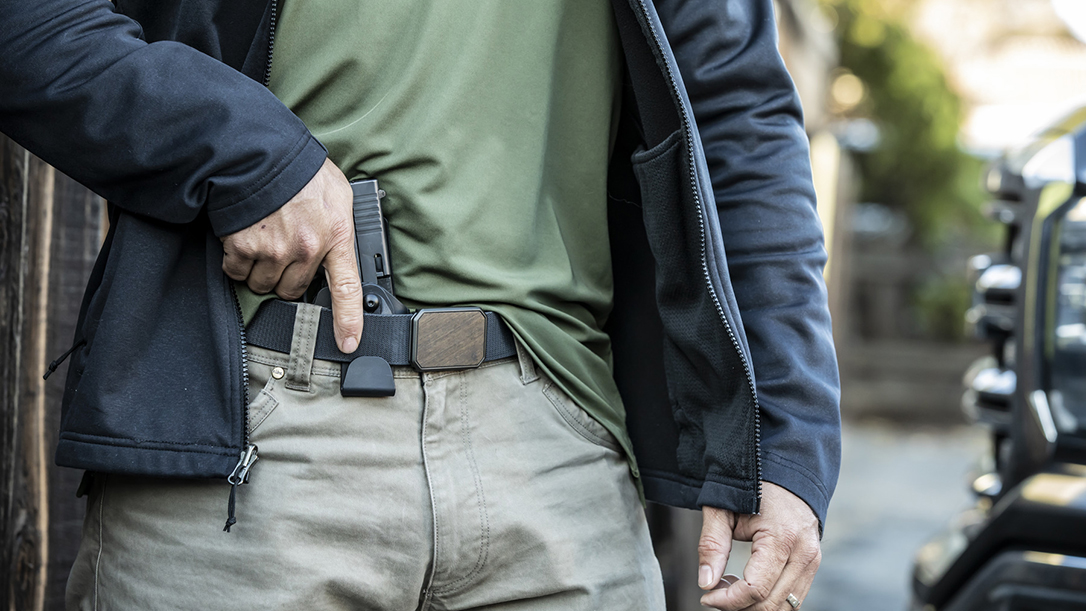
If you are someone that carries a firearm for personal protection, mastering how to draw from your holster is a fundamental step you need to prioritize in your training. However, it is important to note that many ranges do not allow this type of training to take place and for good reason. When you are holstering your firearm, you are not following the rule of always keeping your firearms muzzle downrange.
Nonetheless, there are ranges out there that do allow shooters to draw from their holster. These ranges often require shooters to complete a CCW or holster course. Others place restrictions on drawing a firearm in a manner safe for everyone involved. Before you shoot, make sure you check with your Range Safety Officer, asking what the range allows regarding holster use.
Advertisement — Continue Reading Below
#4 Handle Firearms Inside the Booth Only
It is extremely important to know that when at the range, the only time you are able to make physical contact with your beloved tools is the moment you step foot in your designated booth or bay. All tools must stay within the firing line. Do not transport your firearms into the range by carrying them concealed. Many ranges require shooters keep firearms unloaded and cased when entering and exiting the shooting area.
#5 Always Listen to Range Commands
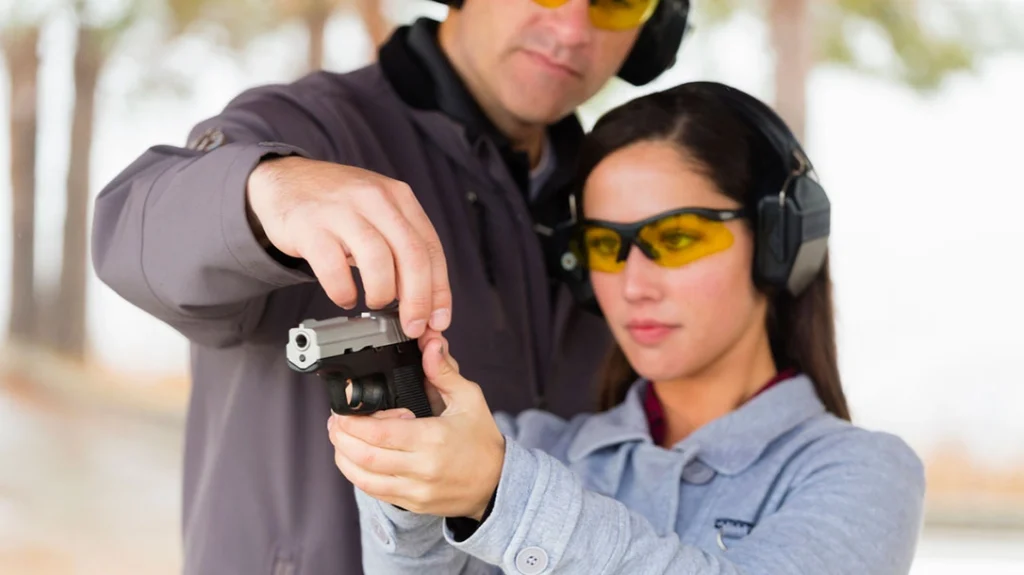
Range safety officers are crucial for gun ranges to function. Not only do they keep shooters safe, but they also highlight the type of behavior that is expected from individuals within this community. When on the range, it is crucial that shooters listen to all commands and instructions given by range officers. Three of the most important range commands to learn include “Load,” “Commence firing,” and “Cease Fire.”
Advertisement — Continue Reading Below
Load means that a shooter is allowed to load their firearm. Commence firing means that a shooter may proceed to shoot when they are ready. Lastly, cease fire means that a shooter must stop shooting immediately. Based on its importance, the command of “cease fire” can be given by anyone who finds themselves in an unsafe situation.
#6 Absolutely, Positively, No Alcohol
When an individual drinks alcohol, it can make it difficult for the areas in your brain that control balance, memory, speech, and judgment to function properly and efficiently. Additionally, combining alcohol and gunpowder is just asking for an unsafe situation to happen. It is necessary that shooters are of sound mind when shooting, and this cannot happen when drinking is involved. To prevent serious injuries, ranges prohibit alcohol. Failure to listen to this rule will undoubtedly get you asked to leave and never return.
#7 Clean Up After Yourself
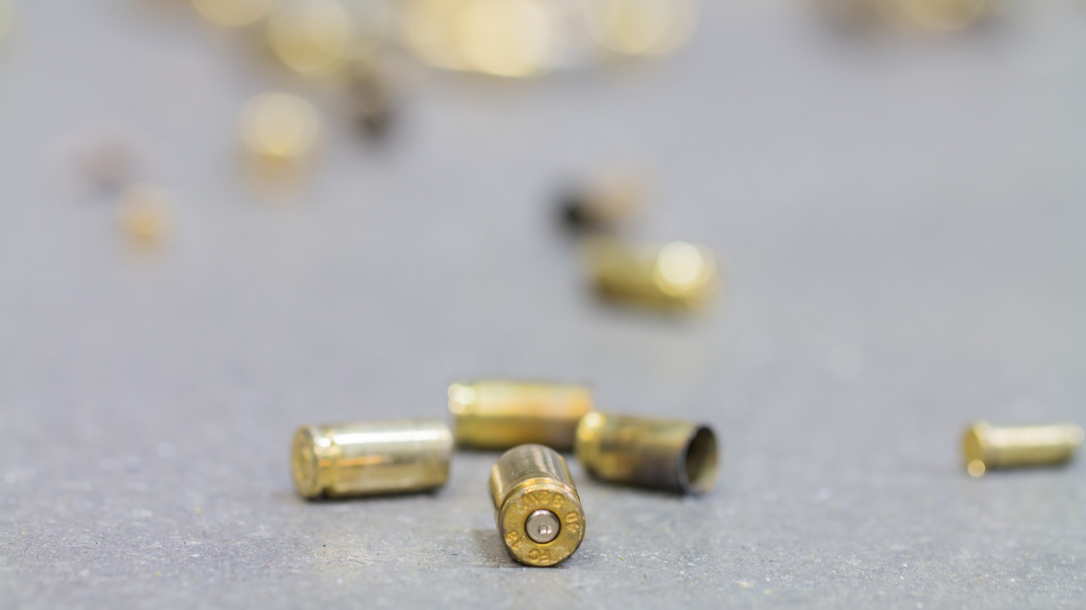
Advertisement — Continue Reading Below
Ask any shooter and they will tell you that shooting can get messy. As you fire, empty cartridge casings end up all over the place, and it is your responsibility to take care of it. When your shooting session is complete, ranges require you to take the time to clean your booth. Typically, brooms, dustpans and a designated bucket are provided to help you tidy up. Remember, no one wants to clean up a mess that you created. Be respectful and leave your bench how you found it—spotless.
Final Shots
As a shooter, it is your responsibility to educate yourself on the rules that your shooting facility expects you to follow. By following these rules, you can create a place that is fun, welcoming, and safe for everyone to enjoy.
Find a place to shoot at NSSF.org.
Advertisement — Continue Reading Below
